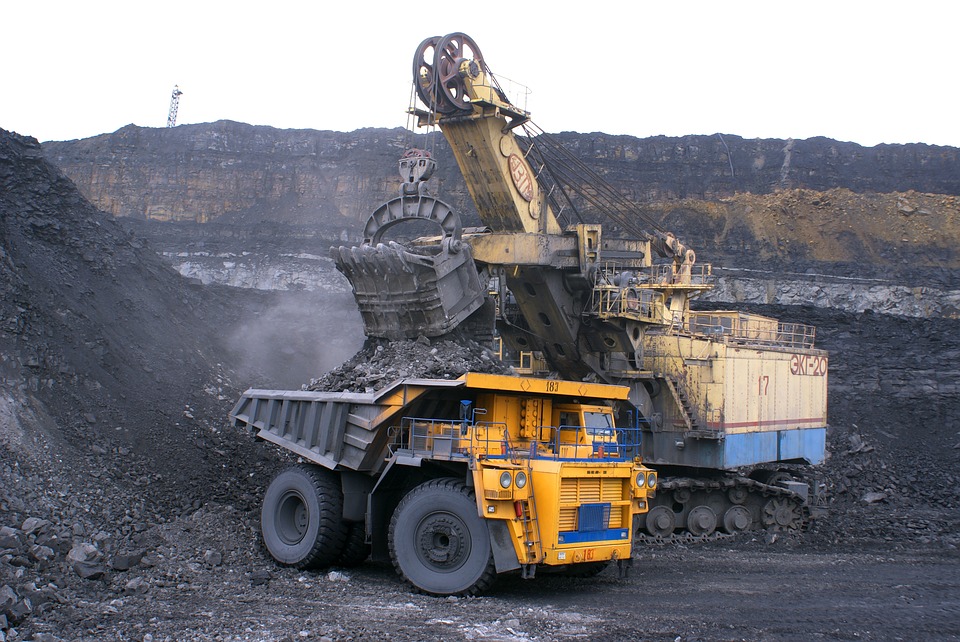Coal has long been a central pillar in the American economy. Its versatility as a low-cost energy resource, coupled with its ease of transportation and storage, and extensive uses in industry, including the steel, cement, and brick manufacturing industries, have made it a valuable and profitable resource.

However, the future of the coal industry is under threat. The industry faces a set of unique, unprecedented challenges which it will have to overcome to avoid the collapse of the industry and avoid throwing local communities into turmoil with job losses, lost tax revenue, and discharged pension liabilities.
Environmental Challenges
As other forms of energy are harnessed and developed (including the rise of natural gas), coal is facing the prospect of becoming obsolete in the energy industry. Compared to other fossil fuels and renewable forms of energy, coal is less energy efficient and is more carbon-intensive, resulting in more pollutants and environmental damage. As technological advancements make renewables and less carbon-intensive energy sources more economically viable, coal risks being overlooked as an energy provider.
Mitigating the damage the coal industry wreaks on the local wildlife, water quality, and air quality is becoming expensive. Dust suppression and the treatment of local water sources, including mine waters, groundwater, and surface water adds up. With increasing environmental protections, the financial burden of mitigating environmental damage is becoming heavier. Eventually, coal will no longer be a cost-effective energy option.
On a government level, the greenhouse gas emissions created by burning coal for energy pose a difficult question for modern governments. Governments are now forced to choose between relying on low-cost coal as an energy source and accepting responsibility for increased carbon emissions or ending its reliance on coal and turning to more expensive forms of energy.
Social Challenges
Given the environmental risks coal poses, the industry is facing social challenges centered around its acceptance in local communities. NGO’s, action groups, and protest movements across the globe are increasingly challenging the coal industries existence.
This is exacerbated by mining-induced displacement and resettlement, and public health scares in areas affected by coal mines, which has created “not in my backyard” mentality among communities.
Reduced Quality
There are now less high-quality ore deposits remaining. Those that do remain, lie in remote areas which would incur high development costs. As a result, the coal that is extracted is either of a lower quality or has higher extraction costs than in years gone by.
Given the challenges facing the industry, miners and developers must look to new technology for solutions. The solutions to these unique and dangerous threats will not come from established industry practices. Nor will there be any ‘quick-fix’ solutions. It will come through innovation, extensive research, and the development of new technologies. The future of the coal industry relies on its ability to innovate.
One way the industry is attempting to combat this is through extensive mineral analysis. Coal producers are using mineral analysis to determine the composition and quality of coal extracted from specific ore mines. This allows it to be separated and blended to form coals to meet the exact specifications of the industry.
